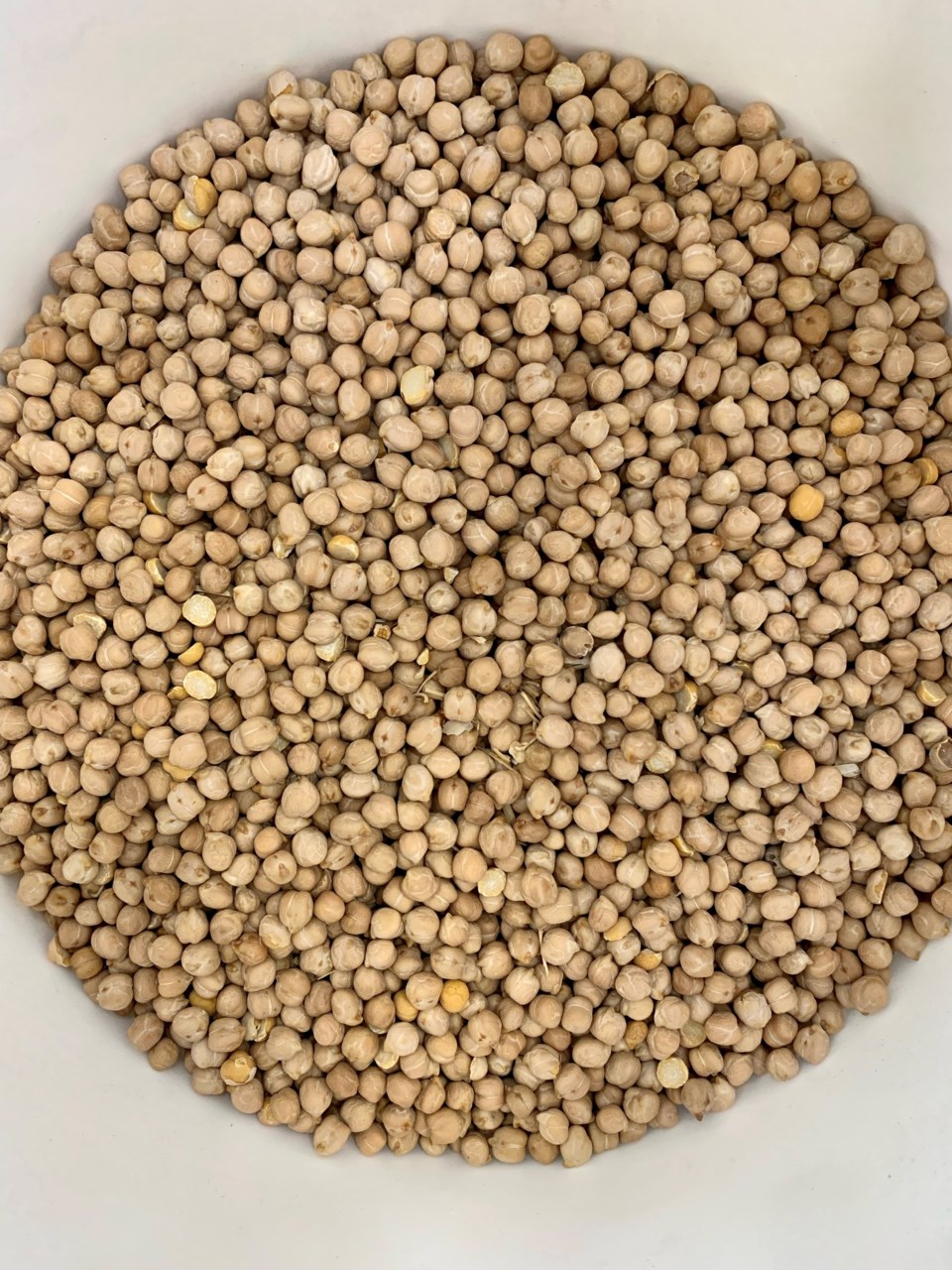Parts of the province have seen significant snowfall in the last few weeks, which is good news for the agricultural industry severely affected by a drought in 2021.
Weather modelling data released by the Water Security Agency in their 2021 Conditions at freeze up report shows the chance for wetter conditions between December and March in parts of Saskatchewan, which is good news for producers.
Models are compiled using various data sources, including Environment and Climate Change Canada and the National Weather Service.
Matthew Struthers, Saskatchewan Agriculture Crop Extension Specialist, explained that the hope now is to have the snowpack down rather than blow away, as often happens with high winds in the province.
"Snowmelt and runoff will help the dugouts come up come spring, but the biggest thing for moisture across a field is rainfall. It's a long way down the road before seeding but it's a great thing to see some moisture so far," said Struthers.
Truthers suggests several key management strategies that producers can use to maximize their growing season following a drought.
The Ministry of Agriculture has produced a map detailing herbicide carryover, and it will be available online and at the upcoming Crop Production Show. The map is based on rainfall levels over last summer. This tool will help producers predict potential issues with herbicide carryover and allow them to change seeding habits if necessary.
In the aftermath of a drought year, it is essential to test soil to identify areas with high fertilizer concentrations.
"In some areas that didn't get the rainfall at the right time, it probably didn't break that fertilizer down, so there are higher amounts of nutrients already in the soil that weren't used up last year. Producers should find out what they have on their land and change their fertilization plans for 2022 accordingly," says Struthers.
With the price of purchasing seed increasing, producers should test their seed in the bin if they plan to plant it in 2022. It is crucial to test last year's seed before planting to minimize the risk of planting poor quality seed. Struthers explained that due to the extreme heat stress crops underwent in 2021; there will be a certain level of seed in producers' bins that will be less likely to germinate and grow with vigour in the coming growing season.
To ensure their seed is viable or to have enough time to buy a replacement, producers are encouraged to test their seeds as early as possible.




